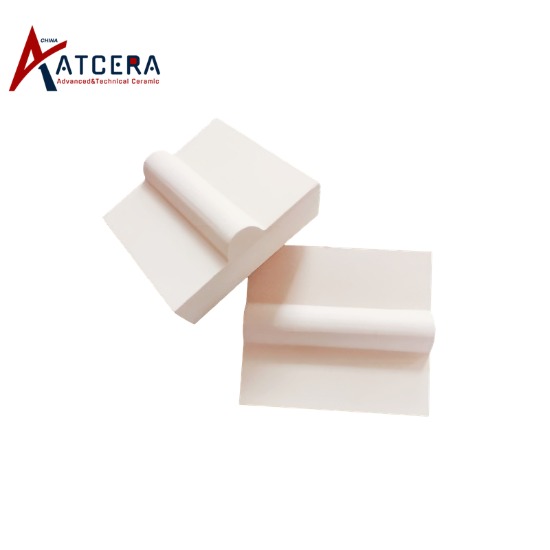Can Zirconia Ceramic Valves Overcome the Limitations of Metal Valves in Industrial Applications?
In industrial production and fluid control system, valve as a key control component, its performance directly affects the stability and efficiency of the entire system. Metal valves as a traditional choice, although to a certain extent to meet the basic needs, but in a specific environment, its limitations are increasingly prominent. At the same time, the emergence of zirconia ceramic valves has brought new changes to the valve industry.
Limitations of Metal Valves
Metal valves in harsh working environments, such as high temperature, high pressure, corrosive media and other conditions, their performance is often seriously challenged. Metal materials are vulnerable to corrosion, especially in fluids containing corrosive media, long-term erosion and immersion will lead to corrosion pits, corrosion cracks and other defects on the valve surface, which will not only reduce the sealing performance of the valve, but also affect the overall strength and durability of the valve. Corrosion damage not only shortens the service life of the valve, but also increases the maintenance cost of the system. Frequent replacement and maintenance not only affect the production schedule, but also increase the operating costs of enterprises.
Wear Resistance and Corrosion Resistance of ZrO2 Ceramic Valve
Compared with metal materials, zirconia ceramic valves perform well in terms of wear resistance and corrosion resistance. Zirconia ceramics have the characteristics of high hardness and high wear resistance, and its hardness is much higher than that of common metal materials, so it can effectively resist fluid erosion and particle wear. In fluids containing particles, ceramic valves can keep the surface smooth for a long time, reduce fluid resistance, and improve sealing performance. In addition, ceramic materials have excellent chemical stability and can resist the erosion of a variety of corrosive media. In corrosive media, ceramic valves can maintain stable physical and chemical properties without reducing performance or failure due to corrosion.
High Temperature Resistance and Thermal Shock Resistance of ZrO2 Ceramic Valves
In addition to wear resistance and corrosion resistance, zirconia ceramic valves also have good high temperature resistance and thermal shock resistance. In high temperature environment, zirconia ceramics can maintain stable physical properties and is not easy to deform or fail. This feature enables ceramic valves to maintain good sealing performance and operational stability under high temperature and pressure conditions. In addition, ceramic valves can withstand rapid temperature changes and have excellent thermal shock resistance. In the environment with large temperature changes, the ceramic valve will not crack or deformation due to thermal expansion and cold contraction, ensuring the long-term stable operation of the valve.
Application Advantages of ZrO2 Ceramic Valves
The above advantages of zirconia ceramic valves make them have significant application advantages in harsh working environments. Under harsh conditions such as corrosive media, high temperature and pressure, and particle erosion, ceramic valves can effectively reduce wear and improve corrosion resistance, thus significantly extending the service life of the valve. This not only reduces replacement frequency and maintenance costs, but also improves the reliability and stability of the entire fluid control system. In addition, the ceramic valve also has the advantages of lightweight, easy installation and easy maintenance, which further reduces the operating cost and maintenance difficulty of the system.
In summary, zirconia ceramic valves show great application potential in the valve industry with their excellent wear resistance, corrosion resistance, high temperature resistance and thermal shock resistance. It can not only effectively overcome the limitations of metal valves, improve the performance and service life of the valve, but also reduce maintenance costs and improve the overall reliability of the fluid control system. With the continuous progress of material science and preparation technology, zirconia ceramic valves are expected to be widely used in more fields, injecting new vitality into the development of industrial production and fluid control technology. Therefore, in-depth research on the performance optimization and application expansion of zirconia ceramic valves is of great significance to promote the upgrading and development of related industries.








